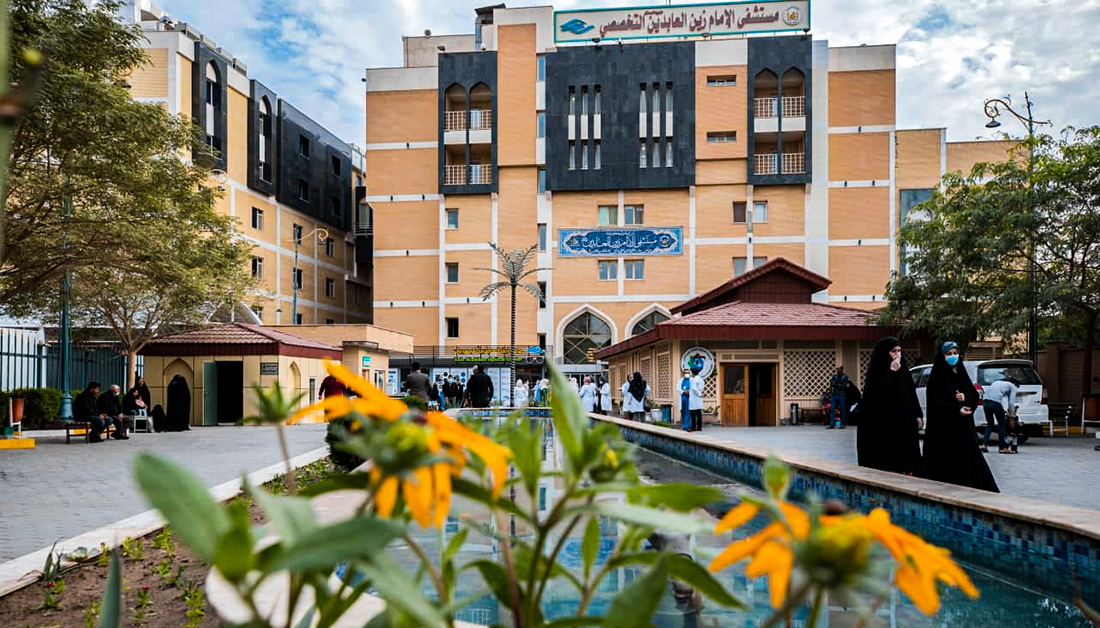eg: Terminal alkyne 1 can be converted to internal alkyne 2 by treating 1 with a very strong base, such as —NH2, followed by an ethyl substrate.

However, 3 can not be converted to 4 using the same two-reaction sequence.

In 3, the most acidic hydrogen atom is not the alkynyl hydrogen but the hydrogen atom in the alcohol group. Consequently, treatment of 3 with the base results in the base deprotonating the alcohol group in 3 giving an alkoxide ion, which reacts with the substrate yielding 5, not 4, as the organic product.

In order to convert 3 to 4 using the methodology employed to convert 1 to 2, the alcohol group in 3 must first be removed temporarily. One way to do so is to convert the alcohol group into a silyl either group.

In 6, the most acidic hydrogen is the alkynyl hydrogen. Treatment of 6 with ¯NH2, followed by the substrate results in 7.

Replacement of the silyl either group in 7 with the alcohol group yields 4.

In the overall reaction (①+ ②+ ③), the silyl ether is said to act as the protecting group of the alcohol group; reaction ① is known as the protection step and reaction ③ the deprotection step.
















